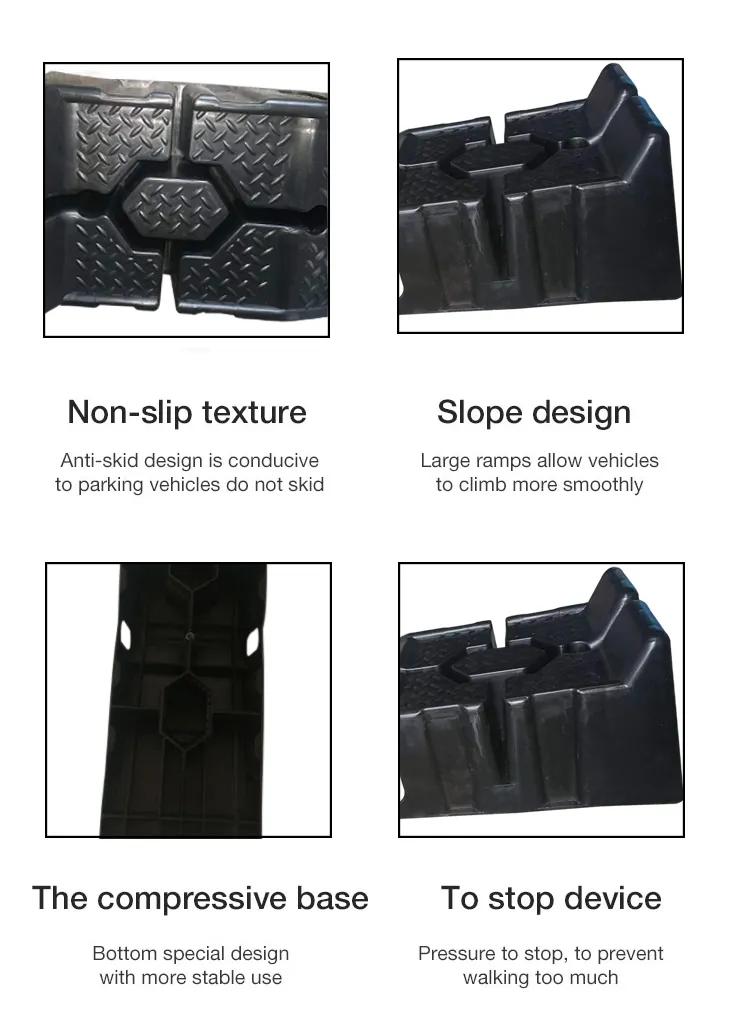2 月 . 08, 2025 04:36
Back To List
3 ton car jack stands
Floor jacks and jack stands are essential tools for any automotive enthusiast or professional mechanic. Having a reliable set is crucial for both working efficiently and ensuring safety during repairs and maintenance. Selecting the right equipment can be daunting, but with the right insights, you can make an informed decision. Here, we delve into the nitty-gritty of floor jacks and jack stands, offering you an expert view grounded in real-world experience.
Another vital aspect is the adjustment mechanism. Most jack stands come with a ratchet or pin-lock mechanism. Both have their merits. Ratchet-style stands allow for easy height adjustments, which are beneficial when you need to make quick adjustments. Pin-lock stands, however, provide an extra layer of security with a physical locking pin that prevents accidental disengagement. Trust is a factor that plays a significant role here; ensure that whatever choice you make, it is reliable and well-reviewed by other users. Usage trustworthiness is another factor to consider. Many manufacturers provide safety certifications for their products—look for ANSI or ASME certified equipment to ensure peace of mind. This certification indicates rigorous testing and quality standards have been met, and as a professional, this trustworthiness is non-negotiable. In terms of new trends in floor jacks and jack stands, innovations such as hydraulic jacks with rapid-lifting technology and smart load indicators have emerged. These features, while still gaining popularity, signify the future direction of both efficiency and safety in vehicle lifting technology. From experience, integrating technology into your tools can significantly decrease the margin of error and enhance your overall productivity. Lastly, maintenance plays a crucial role in the longevity and performance of your equipment. Regular checks for hydraulic fluid levels in your floor jack and inspecting jack stands for any signs of wear or rust are fundamental practices. A well-maintained set of tools will serve you safely for many years, supported by my history of working with these tools extensively. Selecting the right floor jack and jack stands involves considering various elements lifting capacity, material construction, safety certifications, and modern enhancements. Through the experience of using these tools first-hand, I can attest that a well-rounded choice prioritizes safety, durability, and adaptability to your specific vehicular and ergonomic needs. Investing in quality equipment not only ensures that the task is accomplished efficiently but also provides peace of mind knowing that safety is unwavered.


Another vital aspect is the adjustment mechanism. Most jack stands come with a ratchet or pin-lock mechanism. Both have their merits. Ratchet-style stands allow for easy height adjustments, which are beneficial when you need to make quick adjustments. Pin-lock stands, however, provide an extra layer of security with a physical locking pin that prevents accidental disengagement. Trust is a factor that plays a significant role here; ensure that whatever choice you make, it is reliable and well-reviewed by other users. Usage trustworthiness is another factor to consider. Many manufacturers provide safety certifications for their products—look for ANSI or ASME certified equipment to ensure peace of mind. This certification indicates rigorous testing and quality standards have been met, and as a professional, this trustworthiness is non-negotiable. In terms of new trends in floor jacks and jack stands, innovations such as hydraulic jacks with rapid-lifting technology and smart load indicators have emerged. These features, while still gaining popularity, signify the future direction of both efficiency and safety in vehicle lifting technology. From experience, integrating technology into your tools can significantly decrease the margin of error and enhance your overall productivity. Lastly, maintenance plays a crucial role in the longevity and performance of your equipment. Regular checks for hydraulic fluid levels in your floor jack and inspecting jack stands for any signs of wear or rust are fundamental practices. A well-maintained set of tools will serve you safely for many years, supported by my history of working with these tools extensively. Selecting the right floor jack and jack stands involves considering various elements lifting capacity, material construction, safety certifications, and modern enhancements. Through the experience of using these tools first-hand, I can attest that a well-rounded choice prioritizes safety, durability, and adaptability to your specific vehicular and ergonomic needs. Investing in quality equipment not only ensures that the task is accomplished efficiently but also provides peace of mind knowing that safety is unwavered.
Prev:
Next:
Products categories
Latest News
-
Unlock the Power of the Spring Compressor for Your Projects
NewsApr.01,2025 -
Unlock the Power of Safe and Efficient Compression with the Spring Compressor
NewsApr.01,2025 -
Unlock Maximum Efficiency with the Spring Compressor
NewsApr.01,2025 -
Maximize Efficiency and Safety with the Spring Compressor
NewsApr.01,2025 -
Discover the Efficiency of the 2 Ton Foldable Shop Crane: A Must-Have for Auto Repair and More
NewsApr.01,2025 -
Discover the Best Spring Compressor for Your Needs
NewsApr.01,2025 -
Unlock the Full Potential of Your Workspace with the Tools Trolley
NewsMar.21,2025















